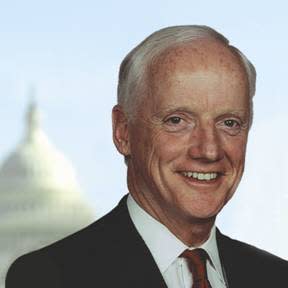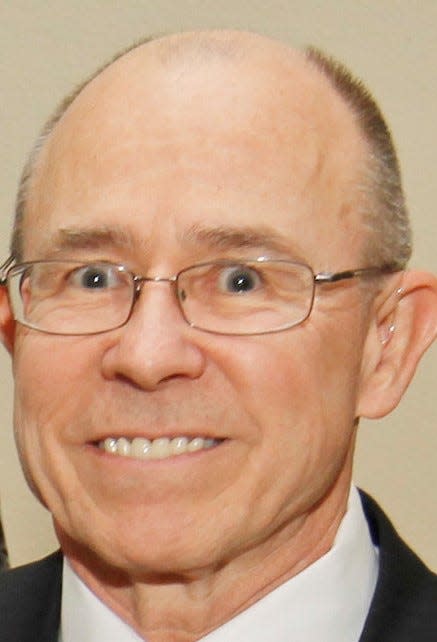Viewpoint: There's no reason to reject school choice in Oklahoma
One of the most important legislative debates underway this year is whether Oklahoma will fund students, not systems or buildings, as embodied by the language of Senate Bill 1647.
For us, the answer is simple: Oklahoma government should fund students. This legislation has the power to change the lives of thousands of parents and children in Oklahoma by giving them alternatives to schools that do not meet their needs.
The program enables innovative schools such as Cristo Rey to serve more lower-income kids and Positive Tomorrows to serve more homeless kids, as well as enabling the 124 mostly low-cost, non-public schools scattered across the state to serve a critical role in educating our Oklahoma youths — all at a much lower cost to the taxpayer and without doing harm — and in fact enhancing — the critically important public education system.
Let us dispel three false myths about the proposal. First is the myth that this reform takes money from public education. In reality, every single penny now designated to educate children will continue to pay to educate children if this measure becomes law. And the bill only involves money from the state funding formula for education, not local property taxes or federal funds. Whenever a parent chooses to have their child go to a private school, the public school district will still retain all local funding (48% of the educational funding on average statewide) for a student who is no longer there. This constitutes a huge financial windfall for the local school district.
The second myth is that the program helps students from rich or middle-income families more than the poor. The fact is the amount going to the school is based on the state funding formula, which provides a much-greater payment for children from the poorest families. And when money follows a student, the market incentive is perfect for all kinds of schools to be created, especially to serve the poor.
Notably, the average tuition at Oklahoma’s private schools is substantially less than the per-pupil funding provided to public schools, yet the private schools typically produce better outcomes.
The third myth is that the program is only for parents and kids living in larger communities. The fact is 86% of Oklahoma K-12 students live within 30 minutes of the 124 private schools located in 25 counties. And that is before this bill incentivizes the creation of many more schools that can meet the needs of Oklahoma parents for their children.
A critical point is that competition breeds innovation and excellence in both public and private education better than monopolies. The program is voluntary. It is the parents’ choice. If the public school is meeting the needs of all students, there would be no demand. Numerous studies have been conducted of school-choice programs, and almost all have concluded they improve educational outcomes for students at both public and non-public schools. There is a reason why Florida, with robust school-choice programs, has had the greatest improvement in educational attainment of any state in the country.
Secondly, while we all worry about the values being taught to our children, we rarely hear any solutions. School-choice programs can also help parents instill moral and civic values in the next generation.
It is time to empower all Oklahoma parents to choose the best school for their children. There is simply no valid argument to do otherwise.



Frank Keating served as governor of Oklahoma from 1995 to 2003. Bill Price is a former U.S. Attorney for the Western District of Oklahoma who became nationally famous for investigating government corruption in Oklahoma. MiO’Neal is president emeritus of Oklahoma Christian University.
This article originally appeared on Oklahoman: With current state of Oklahoma education, school choice is needed

